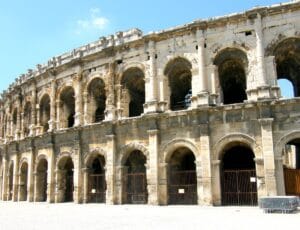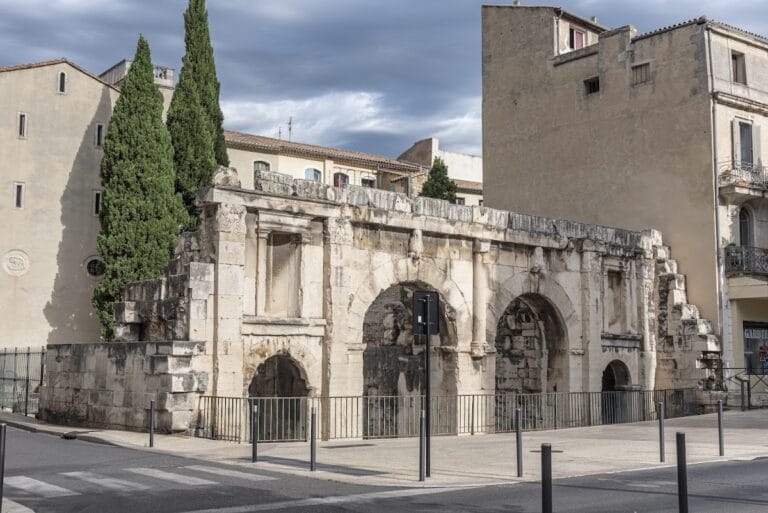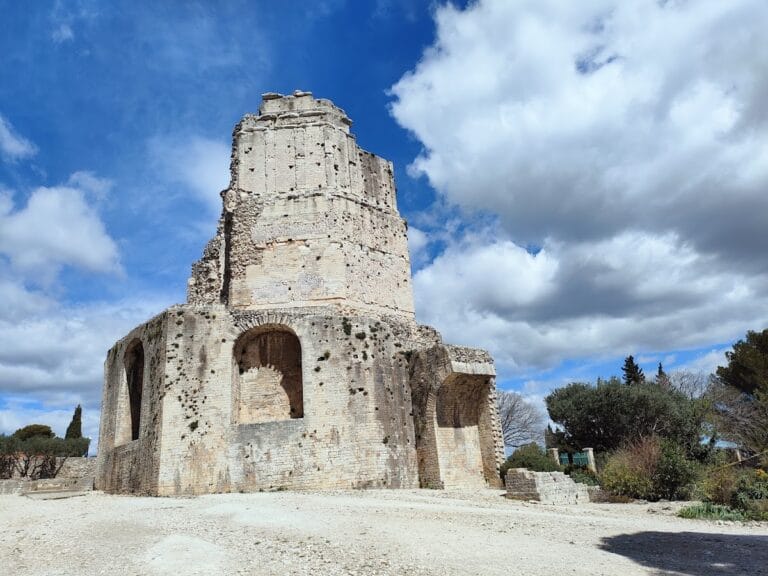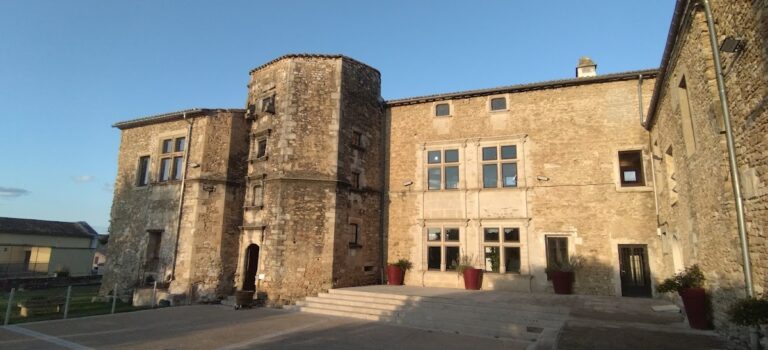Arena of Nîmes: A Roman Amphitheatre in France
The History and Architecture of the Arena of Nîmes
Introduction to the Arena of Nîmes

The Arena of Nîmes, located in southern France, is one of the best-preserved Roman amphitheatres still standing. Built in the late 1st century AD, it reflects the city’s prominence as the Roman colony of Nemausus. The structure follows the standard Roman design and has served multiple purposes across its history. It ranks among the largest surviving arenas from the Roman world.
Historical Context
Construction began around 90 AD, under the Flavian emperors. Nîmes was an important administrative and commercial center in Roman Gaul. The amphitheatre was designed to host gladiatorial combat, animal hunts, and other public spectacles. The Latin term arena refers to the sand that once covered the performance floor.
After the Roman Empire’s decline, the building’s function shifted. In the 5th century, the Visigoths fortified the amphitheatre for military use. By the 10th century, it had developed into a small fortified settlement. Houses, churches, and a keep were built inside, and the structure remained occupied for nearly 800 years.
In 1786, the city began clearing the medieval buildings from the interior. Restoration resumed in the 19th century, notably under Napoleon III, and by 1813, the arena was again in use as a venue for public events. Today, it stands as a restored Roman structure with centuries of adaptation layered into its history.
Construction Details
The amphitheatre is elliptical, measuring 133 meters long and 101 meters wide. The central performance area is 69 by 38 meters. The structure has 34 rows of seating, originally accommodating around 20,000 spectators.
The outer wall stands 21 meters high and features two levels of arcaded arches. Inside, a system of 126 staircases and vaulted galleries provides access to all seating areas. The structure was built using ashlar limestone blocks and designed for efficient crowd movement.
Unlike some amphitheatres, the Arena of Nîmes has no surviving hypogeum (an underground network of tunnels and chambers used to house animals, stage machinery, and gladiators before performances). However, its interior includes corridors and service rooms that supported event logistics.
Current Significance
The Arena of Nîmes remains an active venue and a key tourist site. It currently seats around 13,000 visitors for events. It hosts concerts, bullfighting, and historical reenactments, including the annual Grands Jeux Romains, which reconstruct Roman games based on historical sources.
The arena also contains a visitor exhibition on Roman gladiators and local history. Preservation work has been ongoing, with a major restoration campaign scheduled through 2034, focusing on the outer façades and structural reinforcements.
Although it is protected as a national monument, the Arena of Nîmes is not listed as a UNESCO World Heritage site, unlike the amphitheatre in Arles. Still, its preservation and continued use make it a central landmark in the architectural legacy of Roman Gaul.
Nearby sites

Maison Carrée in Nîmes

Porte d’Auguste, Nîmes: A Roman City Gate in Southern France

Temple of Diana in Nîmes: A Roman Monument in Southern France

Tour Magne in Nîmes: A Historic Roman Tower and City Landmark

Château de Générac: A Historic Castle in Générac, France
